
Fluorite ore is a mineral that is easy to flotation separation. The flotation process is an important fluorite ore beneficiation method. There are some key technical parameters that will affect the fluorite mineral flotation separation effect in actual production, such as pH and temperature of ore pulp, ore particle size in flotation process, hardness of ore pulp water, flotation reagents, etc. We will discuss the influences caused by these parameters.
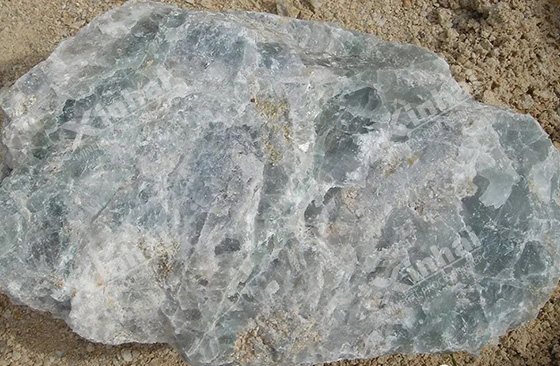
Mineral particle size affects the monomer dissociation degree and flotation index of fluorite ore and gangue minerals. Generally, the processing flow of staged-grinding and staged-beneficiation will be adopted to guarantee high concentrate grade and recovery rate. Because of high requirements for fluorite ore concentrates, it is also strict with fluorite ore particle size in flotation process. Both Over rough and over fine mineral particle will affect the fluorite ore flotation separation effect.
As for fluorite ore whose main gangue mineral is quartz, the rough grinding should be appropriate in coarse beneficiation to reduce the losses of fluorite ore in tailings caused by over crushing. The fine grinding is required during the operation of concentration and silicon reducing. After that, the gangue mineral and fluorite ore can fully dissociate and improve the quality of concentrate product.
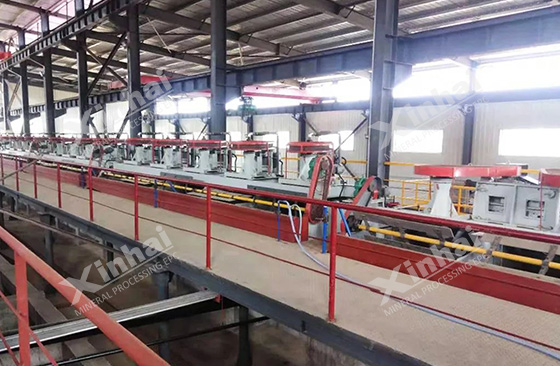
The fluorite ore flotation reagents include collectors and inhibitors that affect the separation effect of fluorite ore and gangue minerals. The fatty acid collectors such as oleic acid, oxidized paraffin soap,etc are used for collect the fluorite ores. Oleic acid agents has the advantages of wide sources and low price, but its selectivity and dissolution dispersion are less than those of other agents and it has a poor resistance to freezing. What’s more, oleic acid modified products are easy to layered after a long time, and also easy to decompose.
The inhibitors used in fluorite flotation mainly include inorganic inhibitors and organic inhibitors, which are mainly used to inhibit gangue minerals such as calcite, barite, and quartz. Inorganic inhibitors mainly include water glass, sodium hexametaphosphate, etc. Organic inhibitors mainly include baking glue, lignosulfonate and so on. Water glass is an effective depressant commonly used in fluorite flotation. In order to improve the selective inhibition performance of water glass, water glass can be used in combination with high-priced metal ion salts, or acid water glass can be made into acid water glass with sulfuric acid in a certain proportion. These measures can increase the adsorption selectivity of water glass and significantly improve the flotation efficiency. According to different types of fluorite mines, combined or new reagents can also be used for flotation separation.
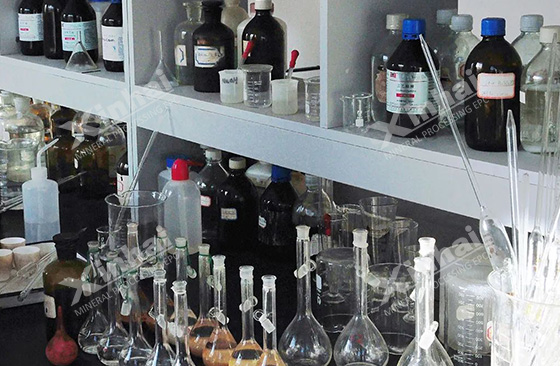
Ore pulp temperature is one of the key parameters affecting the solubility and dispersion of collectors, which is related to the use of chemicals. Generally, warm water flotation is used, and the water temperature is preferably 20-35℃ to fully exert the performance of the collector. In this temperature range, the solubility of oleic acid agents increases with the increase of temperature, the dispersibility is improved, and the effect of collectors is better. Therefore, in actual production and application, it is necessary to adjust the temperature of the pulp according to the specific situation in order to achieve the best flotation effect.
At the same time, the slurry temperature will also affect the monomer dissociation degree and flotation index of fluorite and gangue minerals. Therefore, it is necessary to comprehensively consider the characteristics of fluorite and gangue minerals to determine the appropriate temperature range. In addition, in the fluorite flotation process, the influence of other parameters also need to be considered, such as fluorite flotation particle size, fluorite flotation agent, fluorite pulp pH and fluorite pulp water quality, etc. Considering these parameters comprehensively can optimize the fluorite flotation process and improve the grade and recovery rate of the concentrate.
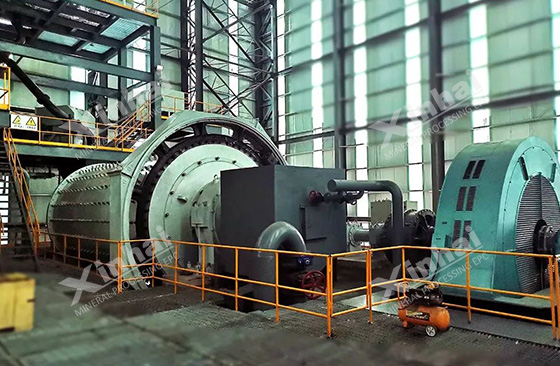
The pH value of fluorite pulp is one of the key technical parameters affecting fluorite flotation. It primarily affects the floatability and selectivity of fluorspar and gangue minerals. Sodium carbonate or sulfuric acid is generally used as a regulator to adjust the pH value between 8-11 to improve the flotation effect of fluorite. Attention should be paid when adjusting the pH value of fluorite pulp, too low or too high pH value will have adverse effects on the flotation effect. For the sodium carbonate regulator, when the pH value is too low, the reduction reaction of sodium carbonate is prone to occur, thus affecting the flotation effect. When the pH value is too high, it will lead to the hydrolysis of sodium ions to generate sodium hydroxide, which will make the flotation liquid alkaline and the floatability of minerals will decrease. Therefore, in actual production and application, it is necessary to adjust the amount of regulator and control the pH value of the pulp to achieve the ideal flotation effect.
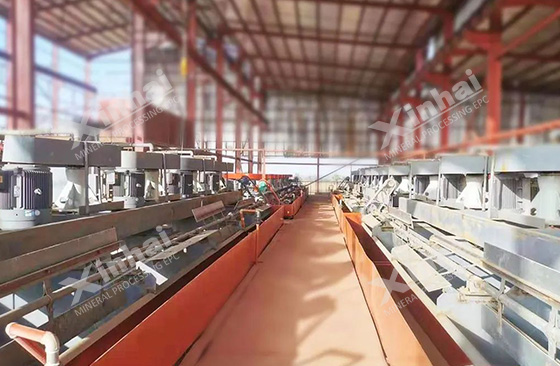
Calcium ions and magnesium ions may exist in the water quality of fluorite pulp, and these two ions may affect the effect of collectors and inhibitors. In order to reduce the interference of magnesium ions and calcium ions in water on fluorite flotation, hard water should not be used in the flotation process. In the fluorite flotation process, parameters such as water temperature, pH value, and fluorite flotation particle size also need to be coordinated with each other. Comprehensive consideration of these parameters can optimize the flotation process and improve the grade and recovery rate of the concentrate.
This paper introduces the key technical parameters affecting fluorite flotation, including fluorite flotation particle size, fluorite flotation agent, temperature of fluorite pulp, pH of fluorite pulp and water quality of fluorite pulp. Different parameters will have different effects on fluorite flotation. Fluorite flotation reagents include collectors and inhibitors, which mainly affect the separation effect of fluorite and gangue minerals. The temperature and pH of the fluorite slurry will also affect the flotation effect of fluorite, and it is necessary to adjust the regulator to achieve the desired effect. Generally speaking, these parameters need to be considered comprehensively to optimize the fluorite flotation process and improve the concentrate grade and recovery rate.
To find out more about our products and solutions, please fill out the form below and one of our experts will get back to you shortly.